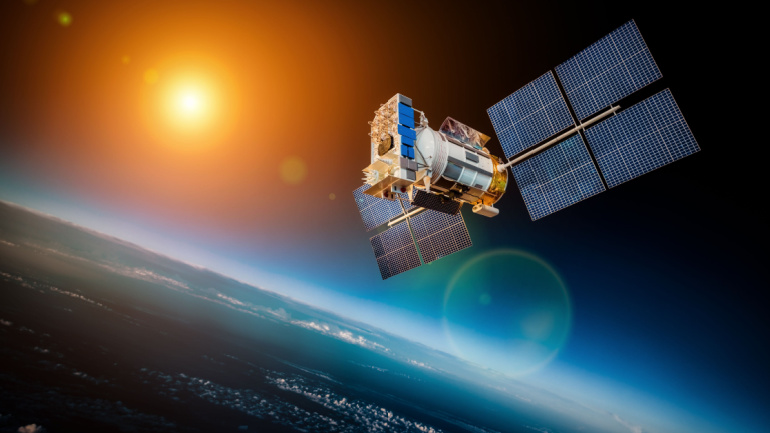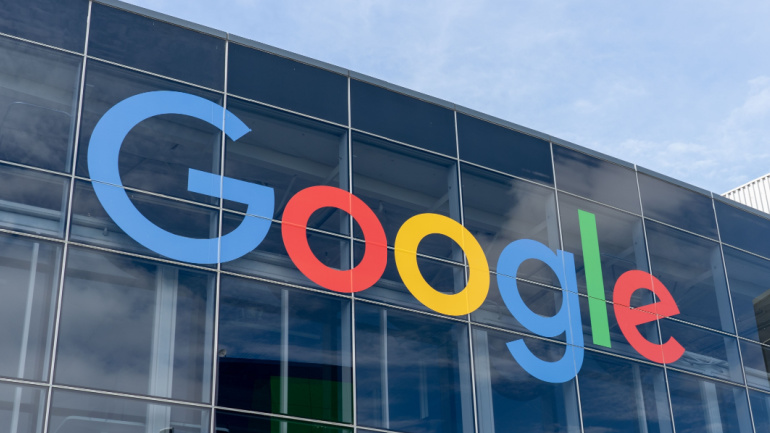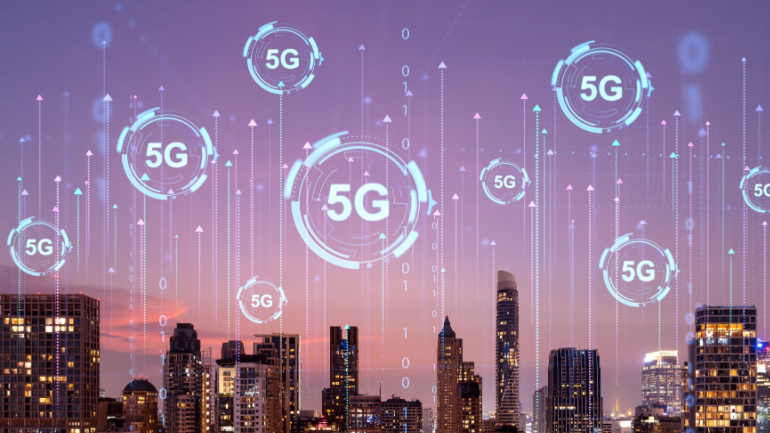The SubOptic Foundation’s latest report shines light on the sustainable potential of subsea telecommunications cables, often underrepresented in sustainability discussions. With a detailed coverage of sustainable practices, the report explores CO2 emissions tracking, renewable energy utilization, recycling strategies and more.
ITS has launched the enticing Faster Britain bus initiative, a design tour autour du pays to spread the word about their newly unveiled full-fibre network. The double-decker bus will serve not only as advertisement but a consumer engagement podium, hosting training events at over 70 networks, engaging directly with tech enthusiasts and initiating digital inclusion programs.
Telefonica triumphs in securing exclusive rights to broadcast elite Spanish football through their Movistar Plus service, committing an eye-watering €1.29 billion for this privilege till the 2026-27 season. They’ve successfully navigated past Spain’s competition regulator’s conditions, opening a window of opportunity for their substantial investment.
Vodafone, Xiaomi, and Qualcomm Technologies Inc have achieved a pivotal breakthrough in 5G advancements. Successfully trialing an innovative 5G uplink technology, these giants have demonstrated unprecedented upload speeds, reshaping the digital landscape.
Singtel ramps up its maritime digital services by integrating the innovative satellite technology from Starlink. This breakthrough aims to inspire ship operators into adopting digital solutions such as AI, 5G, edge computing, and cloud-based technologies for improved operational efficiency and safety measures. Starlink, a first-of-its-kind low Earth orbit broadband service included in Singtel’s comprehensive iSHIP offerings, offers enhanced connectivity and reduced latency.
Tech giant Google is set to pour $1 billion into the development of a new data centre in Waltham Cross, Hertfordshire, signaling a robust commitment to expanding its technical infrastructure in the United Kingdom.
Telefónica’s recent release of a green bond, valued at €1,750 million, experienced an impressive demand. The bond’s oversubscription tripled, indicating keen investor interest in the telecommunication giant’s ecological endeavors. The bond, which will fund projects aimed at modernizing both fixed and mobile telecom networks, is aligned with Telefónica’s goal of dedicating roughly 40% of total funding to ESG criteria by 2026, underpinning the company’s pledge to integrate environmental and financial sustainability.
In a fiercely competitive telecom landscape, where operators strive to meet the ever-increasing consumer demand for fast, accessible, and reliable 5G networks and services, MedUX, a leader in international fixed and mobile network testing and benchmarking, has released exclusive research on 5G performance in the UK’s capital. This comprehensive report reveals that EE not only leads in 5G reliability but also is able to provide the overall finest Quality of Experience (QoE) in London, with a score of 4.61 out of 5.
Ofcom’s proposal to supply backup batteries for mobile sites to improve network resilience has brought forth divergent viewpoints. Vodafone – a prominent voice in the debate – highlights operational complexities and massive costs associated with the backup plan, stressing that mobile operators should not carry the full financial burden.
In a futuristic leap, French telecom giant Orange, in partnership with IT leader Capgemini, has launched commercial operations of ‘Bleu’, a sophisticated cloud platform tailored specifically for the French clientele. This solution, engineered jointly with Microsoft, promises enhanced user access to Microsoft 365 and Azure services. Christel Heydemann, Orange’s new CEO, envisions the project addressing data protection challenges, even as it adheres to French authority standards.













